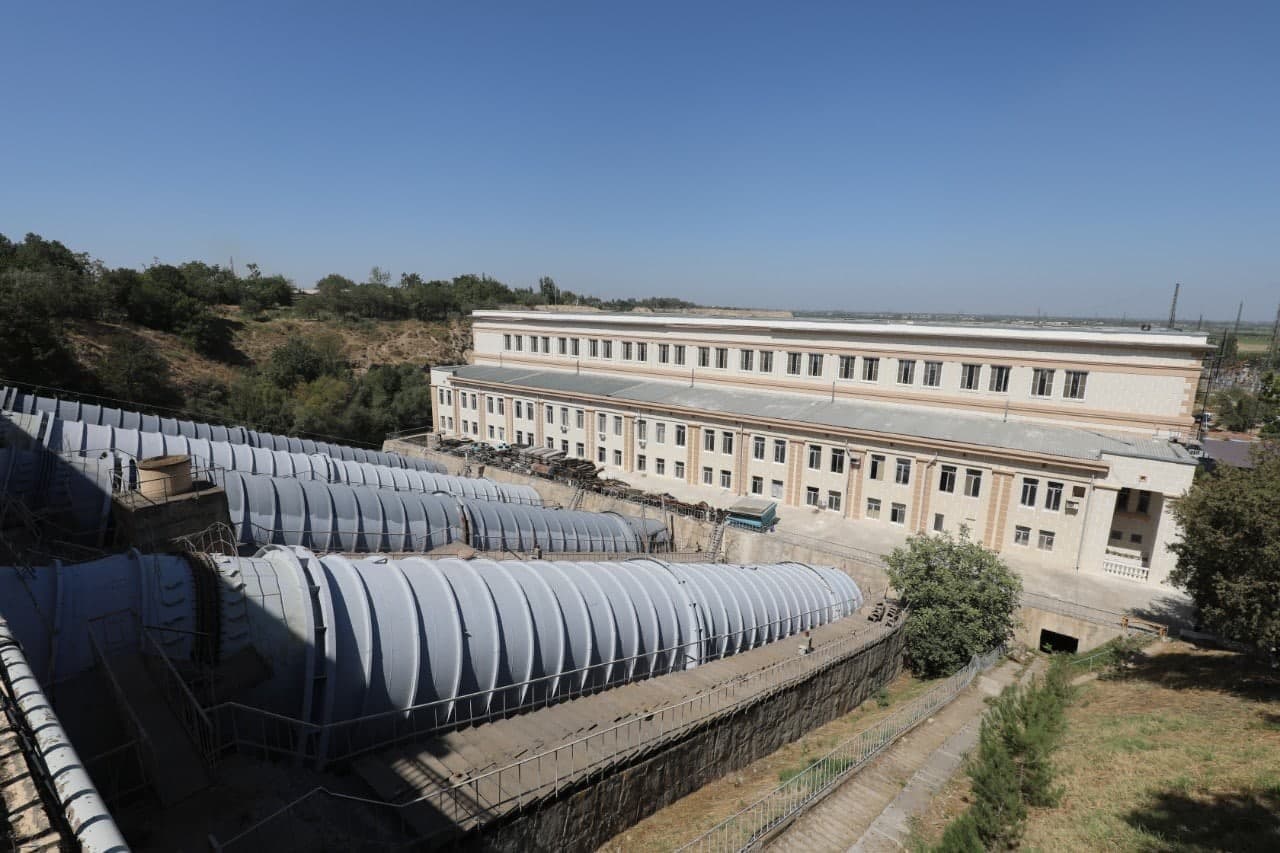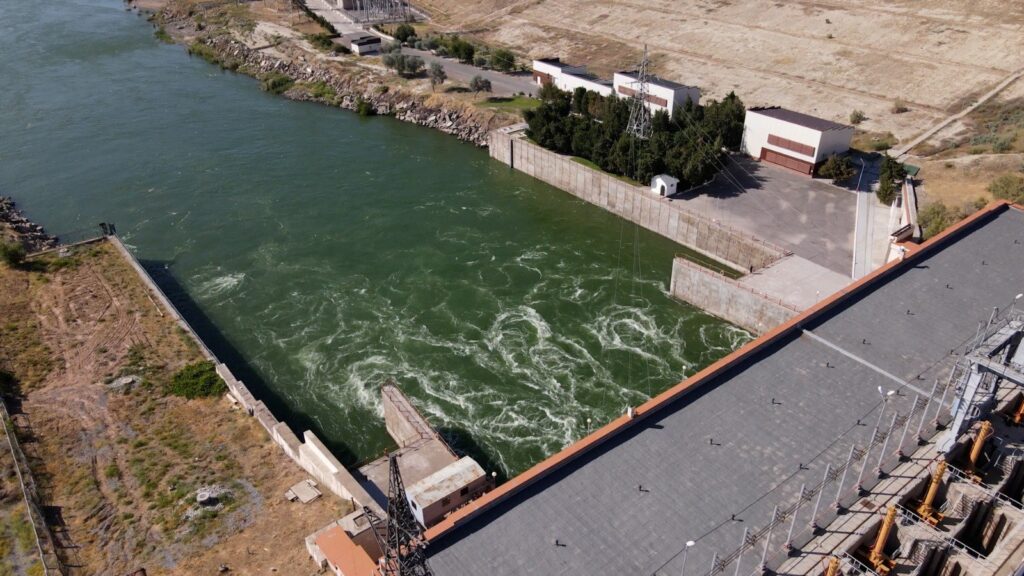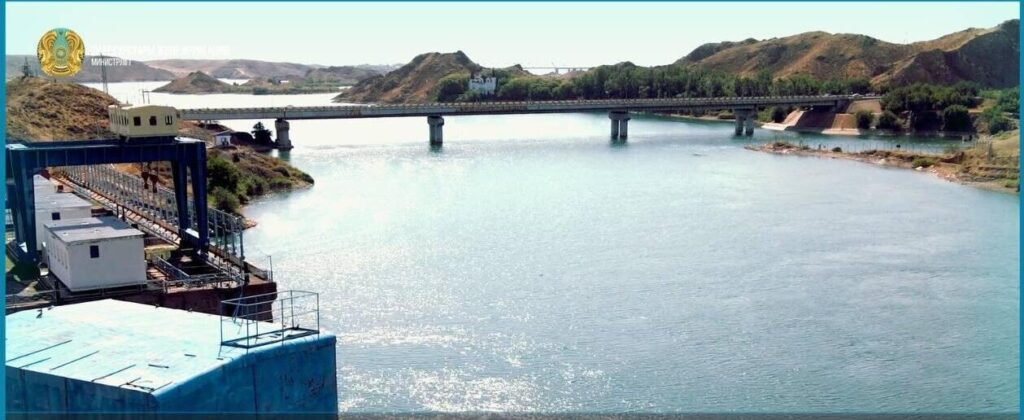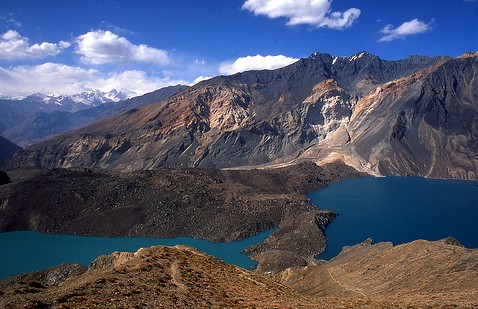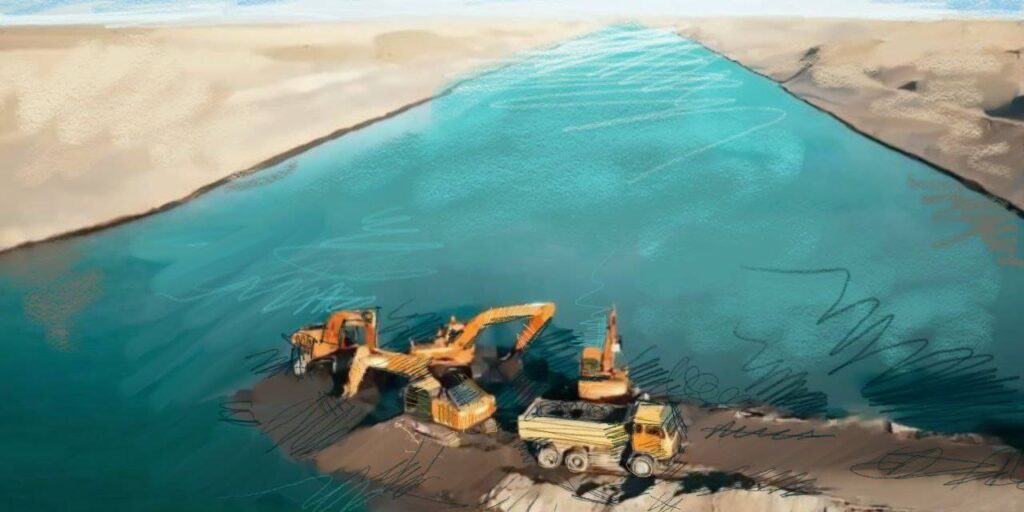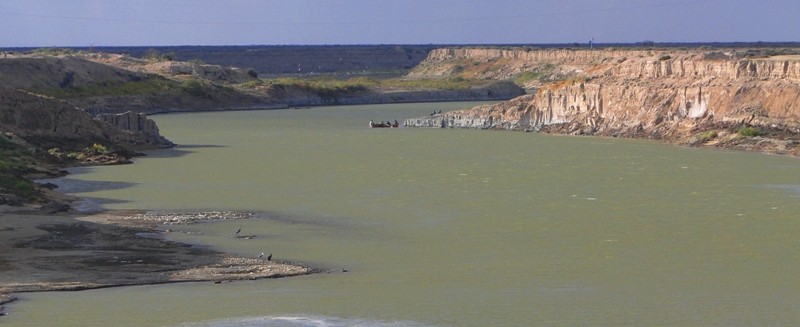Uzbekistan’s grandiose hydropower development plans are irking neighboring Kyrgyzstan, which is experiencing a shortage of water resources. These shortages have in part been caused by Kyrgyzstan swapping its water with Uzbekistan and Kazakhstan in exchange for electricity.
Uzbekistan’s construction of six hydroelectric power plants (HPPs), with a total capacity of 228 megawatts, has begun on the Naryn River in the Namangan region. The Uzbekhydroenergo project is estimated at $434 million and will generate up to 1 billion kilowatt-hours of electricity per year, enough to provide energy for 430,000 households. This will allow the country to save up to 310 million cubic meters of gas annually, to help alleviate shortages which has seen Uzbekistan turn to Russia.
The launch of the hydro project will provide the Namangan region with 7.8 billion kWh per year, which far exceeds local demand. This surplus energy will be transferred to neighboring regions in the Fergana Valley, and will guarantee energy supply during periods of peak consumption.
These plans contrast greatly with Kyrgyzstan’s situation, as the republic imports 3 billion kWh of electricity from neighboring states during the fall and winter seasons. Uzbekistan and Kazakhstan supply Kyrgyzstan with electricity in winter, and in return Kyrgyzstan provides them with water in summer, measuring the volume of water using a generator, and thus paying back the debt for the electricity.
According to official data, the Toktogul Reservoir in Kyrgyzstan is designed to hold 19.2-19.6 billion cubic meters of water. Kyrgyz Deputy Energy Minister, Talaibek Baigaziyev noted at a March 4 press conference in Bishkek that with electricity consumption on the increase and water levels falling, people urgently needed to curtail their usage. Water levels had already stopped at 7.7 billion cubic meters, versus a normal level of 17.3 billion cubic meters, leading to a risk of possible blackouts. If the level reaches anything below 6.5 billion cubic meters, the Toktogul HPP will stop.
In 2024, the Kyrgyz authorities plan to launch 11 HPPs, five large and six small. According to the Eurasian Development Bank, Kyrgyzstan’s energy sector will be operating under a state of emergency from now until the end of 2026. Kazakhstani experts have also expressed concern about their neighbors’ energy development plans. They say water shortages could worsen in the region, with water already scarce in Kazakhstan.
Bulat Yesekin, an expert on environmental policy and institutional frameworks for environmental protection, notes that “large hydropower plants further aggravate the problem of water supply and disrupt environmental sustainability. All over the world today there are campaigns to demolish hydroelectric dams and restore the natural regime of rivers. Only the preservation of natural river regimes can reduce water scarcity and create a more reliable basis for water supply for agriculture and industry.”
The construction of HPPs in border areas continues to create transnational problems. Altering river courses can destroy or alter ecosystems, change biodiversity, affect fisheries and agriculture, erode coastlines, and increase the risk of flooding in certain areas; yet access to electricity is a key issue across Central Asia that requires hydro resources to remain stable.
